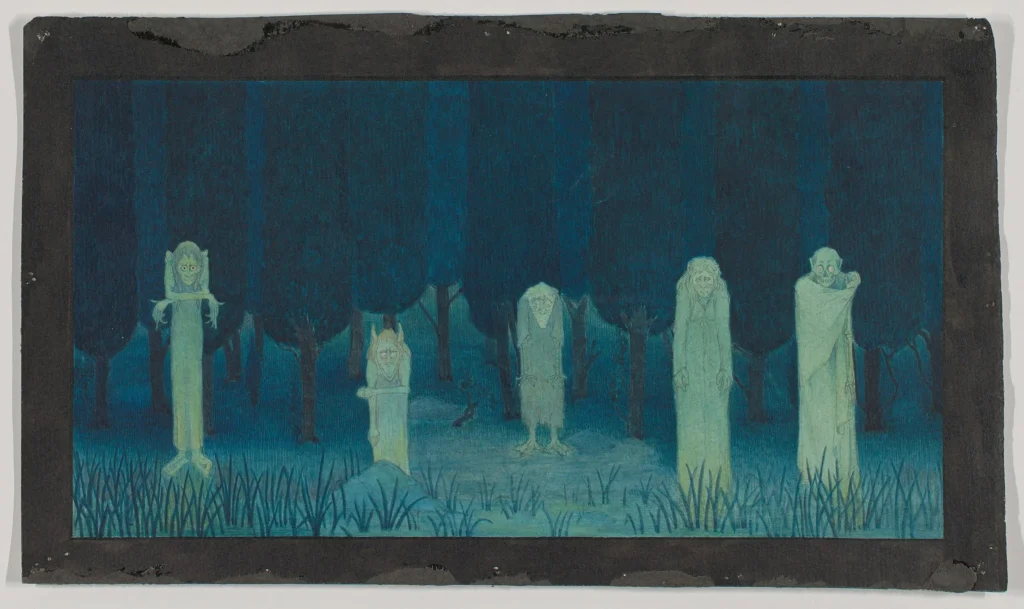Call for Applications: 2026 Summer Seminar in Military History, Lexington, Virginia
I am sharing this post although it is only for residents of a country that many of us no longer visit.
Read more
Posts on events in the last few hundred years
I am sharing this post although it is only for residents of a country that many of us no longer visit.
Read more
From Contingent Magazine, an American web project. NB. that they pay!
Read more
academia.edu has introduced new terms of service allowing them to use your Member Content and your personal information, including your name, voice, signature (!), photograph, and likeness, for any purpose forever. That is clearly a proposal to let them generate fake podcasts or videos of you talking about your work, powered by bullshit generators. To delete your account next time you log in, click “privacy policy” not “accept terms of service,” then put your mouse over your username in the upper right, then click “account settings” and look for the option to delete.
Read moreIn summer 2025 I finished revising the manuscript and bibliography of my second book and started to sort out the image rights and commission artwork. I will have more to say about that project in 2026. In the meantime, I want to talk about some of the troubles which come up when trying to clearly indicate where your information comes from or where readers can learn more.
Read more
(The following is outside my usual topics but its an area of my expertise that I have not found anyone else talking about).
Wise investors use diversification to reduce risk. Any one investment might fail for many different reasons, but many different investments are unlikely to fail together. Additionally, what causes one investment to do poorly often causes others to do well. Rising energy prices hurt manufacturing (which buys energy) but not energy companies (which sell it). Rising wages hurt employers with many low-wage employers, but benefit businesses who sell to consumers. Classically, bonds and stocks tend to move in opposite directions under a given type of pressure, so almost all long-term investors will benefit from holding some of both. For most of history opportunities for diversification were limited, and a prudent investor might buy several plots of land, invest in a ship’s cargo, and make some loans to neighbours. In the 20th century, mutual funds allowed small investors to own dozens of different assets for low but significant costs. Today anyone with a bank account in Canada can buy an index fund that holds thousands of different assets around the world for around 0.25% of their investments per year. However, most of these funds lack one important type of diversification.
Read more
After an email exchange, I have learned that some prominent people want to believe that the population of the Americas in 1492 is known closely. Here is why I say it is debated within a factor of 20.
Colin McEvedy and Richard Jones have the following to say in their 1978 Atlas of World Population History:1
The estimate of 1m Amerindians north of the Rio Grande- which breaks down into 0.2m in Canada, 0.05m in Alaska, and 0.75m in the rest of the Continental USA- goes back at least as far as J. Mooney (Smithsonian Miscellaneous Collections 80.7 (1928)); it seems to be generally accepted, though the California school of revisionists has issued a trial balloon in favour of 20m (sic). The present population of 0.6m represents a recovery from the all-time low of 0.5m reached in 1925. … The size of the population of Mexico in 1492 has lately become the subject of much academic argument. … The point at issue is this: was the population of Mexico in 1492 no more than 5m (Rosenblat) or was it more than 30m (Cook and Borah)? Comparisons with other parts of the world at comparable levels of culture leads us to throw in our lot with Rosenblat.
So McEvedy and Jones acknowledge disputes about the pre-Columbian population of the USA and Canada within a factor of 20, and disputes about the population of Mexico within a factor of 6. Their arguments for one end of the range are no more sophisticated than “it seems to be generally accepted” and that if the population of Mexico had been as high as 30 million, then the rate of decline which this implies would be an “improbability.” Most of their numbers for the period 1 to 1500 CE were copied by Angus Maddison whose numbers are very widely used today. But 1978 is a long time ago, so if you prefer you can check a more recent survey.
Read moreA very foolish and ignorant man has made a decision. Unlike some people with a PhD, I won’t claim I can predict the future. If you want that, I recommend you find a haruspex and slaughter an ox. What he sees when the steaming liver gleams like a mirror may be true or plausible lies, but at least you will get a summer barbecue for your trouble. But I can describe the structure of the situation as I see it, just like I did in The Iron Horse in Ukraine.
Read more
Christopher Marlowe has not yet departed that that little, little span the dead are borne in mind. We remember that he wrote Dr. Faustus and Tamburlane the Great and died in a drunken quarrel over a bar bill (and perhaps because he was part of the long tradition of English writers working as spies to pay the bills). Unlike Shakespeare he had a good formal education, not just grammar-school Latin but a Master of Arts from Cambridge, and unlike Shakespeare he could not keep his subversion in the mouth of fools and madmen. His life of Tamurlane was what J.J. Abrams would have done at an early modern theatre, with overblown rhetoric, battles, love affairs, and special effects. There was even a disappointing sequel driven by crass commercialism. Its full of ancient Greek flavour because Marlowe knew much more about ancient Greeks than modern Persians (emissaries of the English East India Company would reach Shah Abbas by 1614 after Marlowe’s timely death, and Robert Shirley arrived in Iran in 1598 a decade after the play was written). Several times Marlowe’s characters accuse Tamburlane of being a shepherd which sounds like a way to get a tower of skulls with your name on it.
Read more
Victor Davis Hanson can be a scholar when he wants to be, although since 2004 that has just been a hobby while he focused on punditry. Many people who have read his books and articles on antiquity are confused at the positions he takes, where Spartans can be admirable defenders of Freedom in the pass at Thermopylae, but despicable slave-holders at Leuctra (and there were helots at Thermopylae, and Hanson was not one of the radicals who teach that the Sparta we think we know emerged after the death of Leonidas). I know a bit about ancient Persian religion so this was always easy for me to understand. This week I have written up the way I explain it when it comes up in conversation ever since a much younger self was reading one of his trade books at the Greater Victoria Public Library Central Branch.
Read more